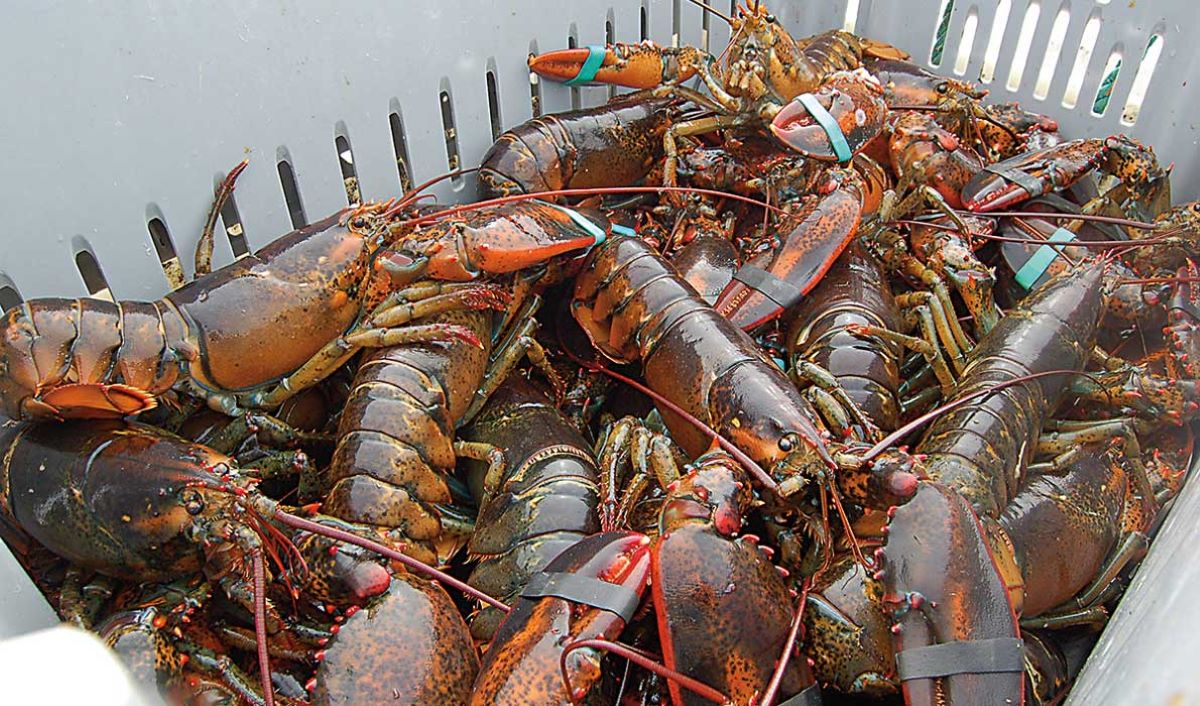

Articles
How To Store Live Lobsters Overnight
Modified: December 7, 2023
Learn how to store live lobsters overnight with our helpful articles. Ensure your lobsters stay fresh and delicious with our expert tips and techniques.
(Many of the links in this article redirect to a specific reviewed product. Your purchase of these products through affiliate links helps to generate commission for Storables.com, at no extra cost. Learn more)
Introduction
Welcome to the world of culinary delights! If you’re a seafood enthusiast, you probably understand the sheer joy of indulging in the succulent taste of live lobsters. These fascinating creatures are not only a delicacy but also a culinary symbol of sophistication and luxury. However, in order to fully savor their exquisite flavor, it is imperative to store live lobsters properly before cooking.
Storing live lobsters overnight can be a challenging task, requiring meticulous attention to detail to ensure their well-being and freshness. In this article, we will dive into the art of storing live lobsters, exploring the key factors to consider and the best practices to follow.
Properly storing live lobsters not only guarantees their survival but also preserves the quality and taste of their meat. It ensures that we get to experience the freshest, most tender lobster meat when it comes time to cook and serve them.
So, why is it so important to store live lobsters properly? One of the primary reasons is that lobsters are known for their unique ability to deteriorate quickly if they are not stored in optimal conditions. These creatures rely on a delicate balance of temperature and water quality to survive. Any deviation from their preferred environment can result in stress, illness, or even death.
In addition to ensuring the well-being of the lobsters, proper storage also contributes to the overall flavor profile of the meat. Live lobsters that are stored correctly will have a sweeter, more delicate taste compared to those that have been mishandled or stored in unfavorable conditions.
Now that we understand the importance of storing live lobsters properly, let’s dive into the nitty-gritty details of how to do so. In the next sections, we will explore the steps involved in preparing the storage environment, choosing the right container, handling and transporting the lobsters, maintaining water temperature and quality, and feeding them to ensure their vitality. We will also discuss common mistakes to avoid during the overnight storage process.
So, get ready to embark on a journey to become a master in the art of storing live lobsters overnight. By following these guidelines, you’ll be able to enjoy the freshest and most flavorful lobster dishes right in the comfort of your own home.
Key Takeaways:
- Properly storing live lobsters overnight is crucial for maintaining their freshness, well-being, and flavor. Attention to temperature, water quality, and gentle handling ensures a delightful dining experience.
- Avoiding common mistakes such as improper temperature control, overcrowding, and neglecting water quality is essential for maximizing the survival rate and quality of live lobsters. Paying attention to detail is key.
Read more: How To Store A Live Lobster
Why is it important to store live lobsters properly?
Properly storing live lobsters is essential for several reasons. Here are the key reasons why it is important to store live lobsters properly:
- Maintaining freshness: Live lobsters are incredibly sensitive creatures, and their quality and taste can deteriorate rapidly if not stored correctly. By providing them with the right conditions, you can ensure that they remain fresh and flavorful until it’s time to cook and enjoy them.
- Safety and well-being: Storing live lobsters properly is not just about preserving their taste; it’s also about ensuring their well-being. Lobsters are living organisms that require specific environmental conditions to survive. Failure to store them properly can result in stress, illness, or even death.
- Preserving texture and tenderness: Lobster meat is renowned for its delicate texture and melt-in-your-mouth tenderness. By storing live lobsters properly, you can maintain the integrity and quality of the meat, ensuring a pleasurable dining experience.
- Enhancing flavors: Proper storage conditions contribute significantly to the flavor profile of the lobster meat. Live lobsters that are stored correctly will have a sweeter, more natural taste compared to those that have been mishandled or stored in unsuitable conditions.
- Prolonging shelf life: Live lobsters have a limited shelf life, and proper storage can help extend it. This allows you to plan ahead and enjoy your lobster feast at the most convenient time without concerns about the lobsters losing their freshness or quality.
By understanding and implementing proper storage techniques, you can preserve the natural flavors, textures, and freshness of live lobsters. This attention to detail not only ensures a delightful dining experience but also showcases your commitment to culinary excellence.
Now that we understand the importance of storing live lobsters properly, let’s explore the step-by-step process to prepare the ideal storage environment.
Preparing the storage environment
Creating the perfect storage environment is crucial when it comes to storing live lobsters overnight. By providing the right conditions, you can ensure their survival, maintain their freshness, and preserve the quality of their meat. Here are the key steps to prepare the ideal storage environment for your lobsters:
- Temperature: Lobsters are cold-water creatures and naturally thrive in temperatures between 45°F to 50°F (7°C to 10°C). It is essential to replicate this cool environment when storing them. To do so, consider storing live lobsters in a refrigerator or a well-insulated cooler filled with ice packs. Avoid freezing temperatures, as this can harm the lobsters.
- Air circulation: Lobsters require proper air circulation to stay healthy. Ensure that the storage container or cooler has holes for ventilation. This allows fresh air to circulate and prevents the lobsters from suffocating.
- Dampness: Lobsters also need consistent moisture levels. Place a damp towel or seaweed in the storage container to maintain humidity. Avoid submerging the lobsters completely in water, as this can lead to anoxia and suffocation.
- Isolation: Lobsters are territorial creatures and can become aggressive when confined with each other. It is crucial to store lobsters individually to prevent injuries or stress. Provide separate compartments or containers for each lobster to ensure their well-being.
- Darkness: Light can stress out lobsters and negatively impact their behavior. Cover the storage container or cooler with a dark cloth or towel to provide a sense of darkness and create a calm environment for the lobsters.
By following these steps, you can create an optimal storage environment for your live lobsters. This will contribute to their well-being, freshness, and overall taste when it’s time to prepare a delicious lobster dish.
Next, let’s discuss how to choose the right container for storing live lobsters overnight.
Choosing the right container
When it comes to storing live lobsters overnight, selecting the appropriate container is essential. The right container not only ensures the safety and well-being of the lobsters but also helps maintain their freshness and quality. Here are some key considerations to keep in mind when choosing a container for storing live lobsters:
- Size: Opt for a container that is spacious enough to accommodate all the lobsters comfortably. Overcrowding can lead to stress, aggression, and injuries among the lobsters. Ensure that there is enough space for each lobster to move around and extend their claws without any restrictions.
- Material: Choose a container made of a suitable material that retains temperature effectively. Insulated coolers made of plastic or foam are commonly used for storing live lobsters. These containers help maintain a cool environment and provide insulation against external temperature changes.
- Ventilation: Proper ventilation is vital to ensure a continuous supply of fresh air for the lobsters. Look for a container with small holes or gaps that allow air to circulate. Adequate ventilation prevents the build-up of carbon dioxide and ensures the lobsters have access to oxygen.
- Leak-proof: Lobsters are aquatic creatures, and they require some water for survival. Choose a container that is leak-proof to prevent any water from spilling out during transportation or storage. This will help maintain the necessary water level and humidity for the lobsters.
- Individual compartments: As mentioned earlier, lobsters can be aggressive towards each other when confined in close quarters. To ensure their safety and prevent injuries, opt for a container with separate compartments or partitions. This allows you to store each lobster individually, reducing the risk of aggression or territorial disputes.
- Cover: Look for a container that comes with a lid or cover. This helps create a dark and secure environment for the lobsters, reducing stress and ensuring their well-being. A cover also helps maintain the desired temperature and prevents any potential escape attempts by the lobsters.
By considering these factors, you can choose a container that provides the optimal conditions for storing live lobsters overnight. Remember, the container should prioritize the lobsters’ comfort, safety, and vitality, ensuring the best possible outcome in terms of freshness and quality.
Now that you have selected the right container, let’s move on to the next step: handling and transporting live lobsters.
Proper handling and transportation
Handling and transporting live lobsters require careful attention to ensure their well-being and minimize stress. By following proper procedures, you can maintain the lobsters’ vitality and preserve the quality of their meat. Here are some essential tips for handling and transporting live lobsters:
- Gentle handling: Treat live lobsters with care and avoid any rough handling. Always hold them from the back, gripping firmly but not squeezing too tightly. Avoid grabbing them by their claws or antennae, as this can cause harm or injury.
- Keep them moist: Lobsters rely on moisture to breathe, so it’s crucial to keep them moist during handling and transportation. Dampen a cloth or seaweed with seawater and place it over the lobsters to maintain moisture levels. Avoid submerging the lobsters in water, as this can lead to suffocation.
- Minimize exposure to air: Lobsters can become stressed when exposed to extended periods of air. Keep the time they spend out of water to a minimum, especially during transportation. Make sure to transfer them from the storage container to the transport container as quickly as possible.
- Secure transportation container: When transporting live lobsters, ensure that the container is secure and prevents any movement or jostling. This will minimize stress and prevent the lobsters from getting injured. Place damp cloths or seaweed inside the container to maintain humidity during transportation.
- Avoid extreme temperatures: Lobsters are sensitive to temperature changes, so it’s important to protect them from extreme heat or cold. Avoid exposing them to direct sunlight or leaving them in a hot car during transportation. If it’s a long journey, consider using insulated coolers or packing the container with ice packs to maintain the desired temperature.
- Plan transportation route: If possible, choose the shortest and most direct route when transporting live lobsters. This reduces travel time and minimizes the exposure to stress-inducing factors. Avoid bumpy roads or rough terrains that could cause excessive movement or turbulence within the container.
By following these guidelines, you can ensure that live lobsters are handled and transported with care, minimizing stress and preserving their vitality. This attention to detail contributes to the overall well-being of the lobsters and helps maintain the quality of their meat.
Now let’s dive into the crucial aspect of maintaining water temperature and quality for the lobsters.
After purchasing live lobsters, store them in the refrigerator in an open container with a damp cloth on top. Do not submerge them in water or ice.
Read more: How To Store Live Lobster
Maintaining water temperature and quality
Maintaining the proper water temperature and quality is essential for the well-being and survival of live lobsters. These fascinating creatures rely on a delicate balance of temperature and water conditions to thrive. By ensuring optimal conditions, you can help them stay healthy, vibrant, and delicious. Here are some key factors to consider when it comes to maintaining water temperature and quality:
- Temperature: Lobsters are cold-water creatures and prefer a temperature range of 45°F to 50°F (7°C to 10°C). It is crucial to keep the water within this temperature range to ensure their survival. Use a thermometer to monitor the water temperature regularly and make necessary adjustments using ice packs or cold water.
- Chlorine and chemicals: Lobsters are highly sensitive to chlorine and other chemicals commonly found in tap water. If using tap water, let it sit overnight in an open container to allow the chlorine to evaporate before adding it to the lobster’s environment. Alternatively, use filtered or distilled water to maintain water quality.
- Salinity: Lobsters require a specific level of salinity in the water to survive. Aim for a salinity level similar to that of the ocean, which is around 30 to 35 parts per thousand (ppt). You can achieve this by adding marine salt mix to the water following the product instructions.
- Water depth: Ensure that the lobsters have enough water to move and be fully submerged. A water depth of around 1 to 2 inches is sufficient. This allows them to breathe comfortably and provides space for natural movement without the risk of drowning.
- Water cleanliness: Lobsters produce waste, so it’s important to maintain clean water to prevent the build-up of ammonia and other harmful substances. Regularly monitor water quality and perform partial water changes if necessary to maintain cleanliness.
- Circulation: Proper water circulation is necessary to maintain oxygen levels and prevent stagnant water. Use an aquarium pump or gently agitate the water to ensure proper oxygenation and circulation for the lobsters.
By diligently monitoring and maintaining the water temperature and quality, you can create an optimal environment for the lobsters. This allows them to thrive, minimize stress, and retain their vibrant flavor and quality until it’s time to cook and enjoy them.
Now that we’ve covered maintaining water temperature and quality, let’s move on to feeding live lobsters during overnight storage.
Feeding live lobsters
Feeding live lobsters during overnight storage is an essential aspect of ensuring their well-being and vitality. Proper nutrition not only keeps them healthy but also contributes to the quality and flavor of their meat. Here are some guidelines to follow when it comes to feeding live lobsters:
- Frequency: Lobsters typically do not need to be fed daily during overnight storage. They can survive for several days without food. However, if you plan to store them for an extended period, consider providing them with a small amount of food every two to three days.
- Food choices: Lobsters are scavengers and will eat a variety of foods. Some commonly used options include fish scraps, mussels, clams, or even commercial lobster feed, which can be purchased from seafood suppliers. Avoid feeding them spoiled or rancid food, as this can lead to health issues.
- Feeding technique: To feed live lobsters, place the food in their enclosure or container. You can secure the food using a weighted tray or mesh bag to prevent it from sinking to the bottom. Monitor how much they consume and remove any uneaten food after a few hours to maintain water quality.
- Quantity: Avoid overfeeding the lobsters, as this can lead to an increase in waste production and negatively impact water quality. Provide small portions of food that can be consumed within a short period.
- Observation: While feeding, observe the lobsters for any signs of illness or abnormal behavior. Healthy lobsters will be active and responsive. If you notice any changes in their behavior or appearance, consult a seafood expert or marine biologist for guidance.
Remember that the primary goal of feeding live lobsters during overnight storage is to maintain their well-being. Providing them with proper nutrition helps keep them healthy, active, and ready to be cooked and savored. However, it’s important to strike a balance and not overfeed, as this can lead to water quality issues.
Now that we’ve covered feeding live lobsters, let’s discuss some common mistakes to avoid when storing them overnight.
Mistakes to avoid when storing live lobsters overnight
Storing live lobsters overnight requires attention to detail and adherence to best practices to ensure their well-being and quality. To prevent any mishaps that could harm the lobsters or compromise their freshness, it’s important to avoid the following common mistakes:
- Improper temperature: One of the biggest mistakes is storing lobsters at the wrong temperature. Avoid keeping them in freezing temperatures which can harm or kill the lobsters. Similarly, avoid storing them in warmer temperatures above 50°F (10°C) as it can lead to the lobsters becoming lethargic or expending their energy reserves.
- Insufficient water: Lobsters need water to breathe and maintain their health. Ensure that there is sufficient water to fully submerge the lobsters without the risk of them drowning. Inadequate water levels can lead to dehydration or suffocation.
- Overcrowding: Avoid overcrowding the lobsters in the storage container. Overcrowding can lead to aggressive behavior, injuries, and stress among the lobsters. Provide enough space for them to move and extend their claws without any restrictions.
- Ignoring water quality: Neglecting water quality can have serious consequences for the lobsters. Maintain proper salinity levels, cleanliness, and oxygenation in the water. Failure to do so can result in the build-up of harmful substances and negatively impact the lobsters’ health.
- Handling the lobsters roughly: Rough handling can cause injuries or stress to the lobsters. Always handle them gently by holding them from the back, avoiding any squeezing or grabbing of their claws or antennae. Treat them with care and respect throughout the storage process.
- Skipping feeding: While live lobsters can survive for several days without food, it is important to provide them with nutrition if storing them for an extended period. Skipping feeding altogether can lead to weakened lobsters and affect the overall quality and taste of their meat.
- Neglecting observation: Monitor the lobsters regularly during storage and observe any changes in behavior or appearance. Neglecting observation can lead to the unnoticed decline of their health or a missed opportunity to address any issues promptly.
By avoiding these mistakes, you can ensure the optimal storage conditions for live lobsters and maximize their survival rate, flavor, and quality. Adhering to best practices and taking proper care of the lobsters will result in an outstanding culinary experience.
Now that we are aware of the common mistakes to avoid, let’s conclude our discussion.
Conclusion
Storing live lobsters overnight requires careful attention to detail, as it directly affects their well-being, freshness, and overall quality. By following the proper steps and best practices, you can ensure that the lobsters remain healthy and vibrant until it’s time to prepare a delicious seafood feast.
Throughout this article, we explored the importance of storing live lobsters properly, understood the significance of creating an optimal storage environment, learned how to choose the right container, and discussed the importance of gentle handling and transportation. We also delved into maintaining the ideal water temperature and quality for the lobsters, as well as the importance of feeding them regularly.
Additionally, we highlighted the common mistakes to avoid when storing live lobsters overnight, such as improper temperature control, overcrowding, neglecting water quality, rough handling, skipping feeding, and ignoring observation. By steering clear of these mistakes, you can ensure the best outcome in terms of flavor, quality, and the well-being of the lobsters.
Remember, when it comes to storing live lobsters, paying attention to every detail is key. From providing the ideal storage environment to selecting the right container, maintaining proper water temperature and quality, and feeding them appropriately, each step contributes to creating the perfect conditions for the lobsters to thrive.
By implementing these guidelines and best practices, you can enjoy the freshest, most flavorful lobster dishes right in the comfort of your own home. So, go ahead, store your live lobsters with confidence, and savor every bite of their succulent meat.
Happy cooking and bon appétit!
Frequently Asked Questions about How To Store Live Lobsters Overnight
Was this page helpful?
At Storables.com, we guarantee accurate and reliable information. Our content, validated by Expert Board Contributors, is crafted following stringent Editorial Policies. We're committed to providing you with well-researched, expert-backed insights for all your informational needs.
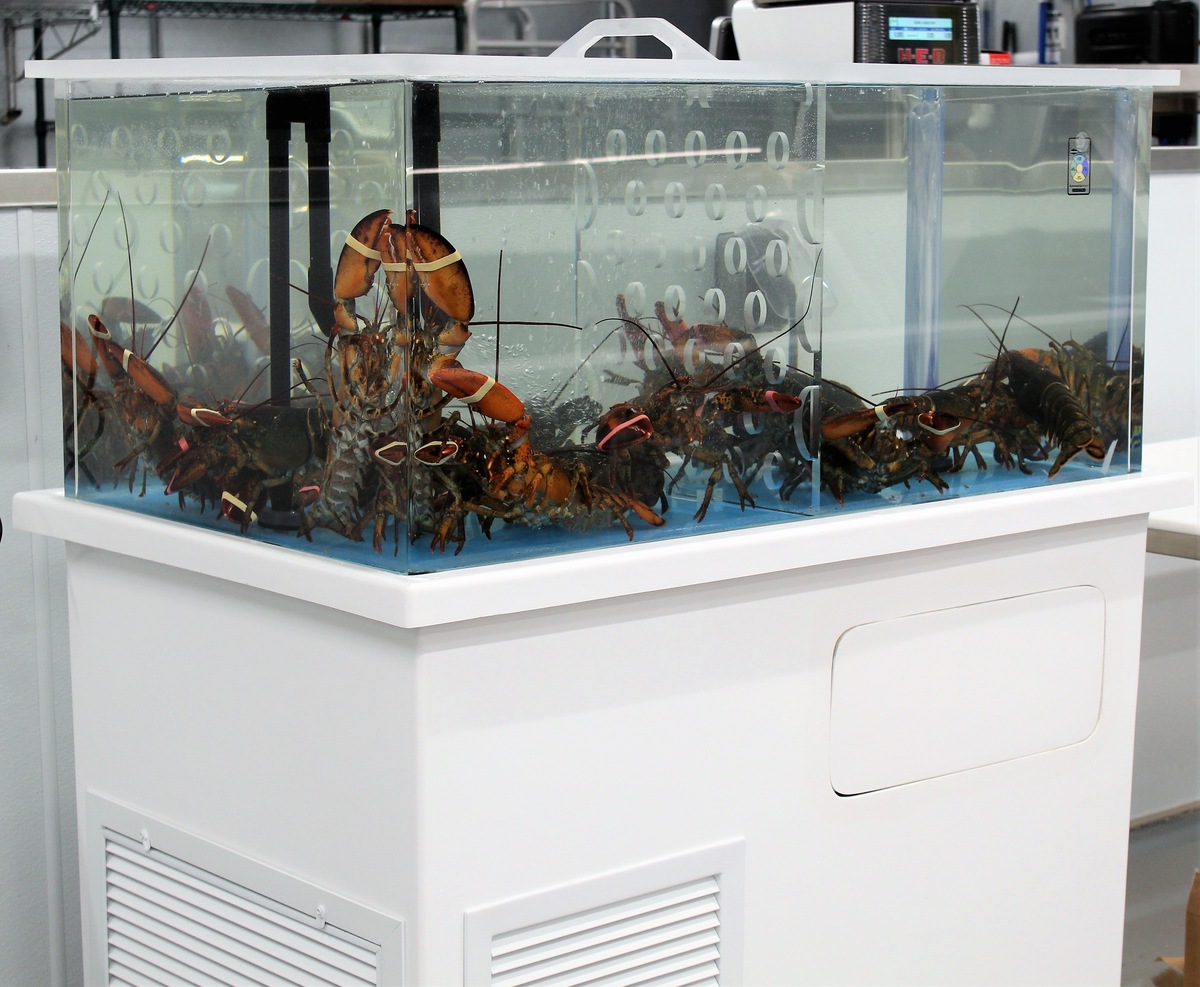
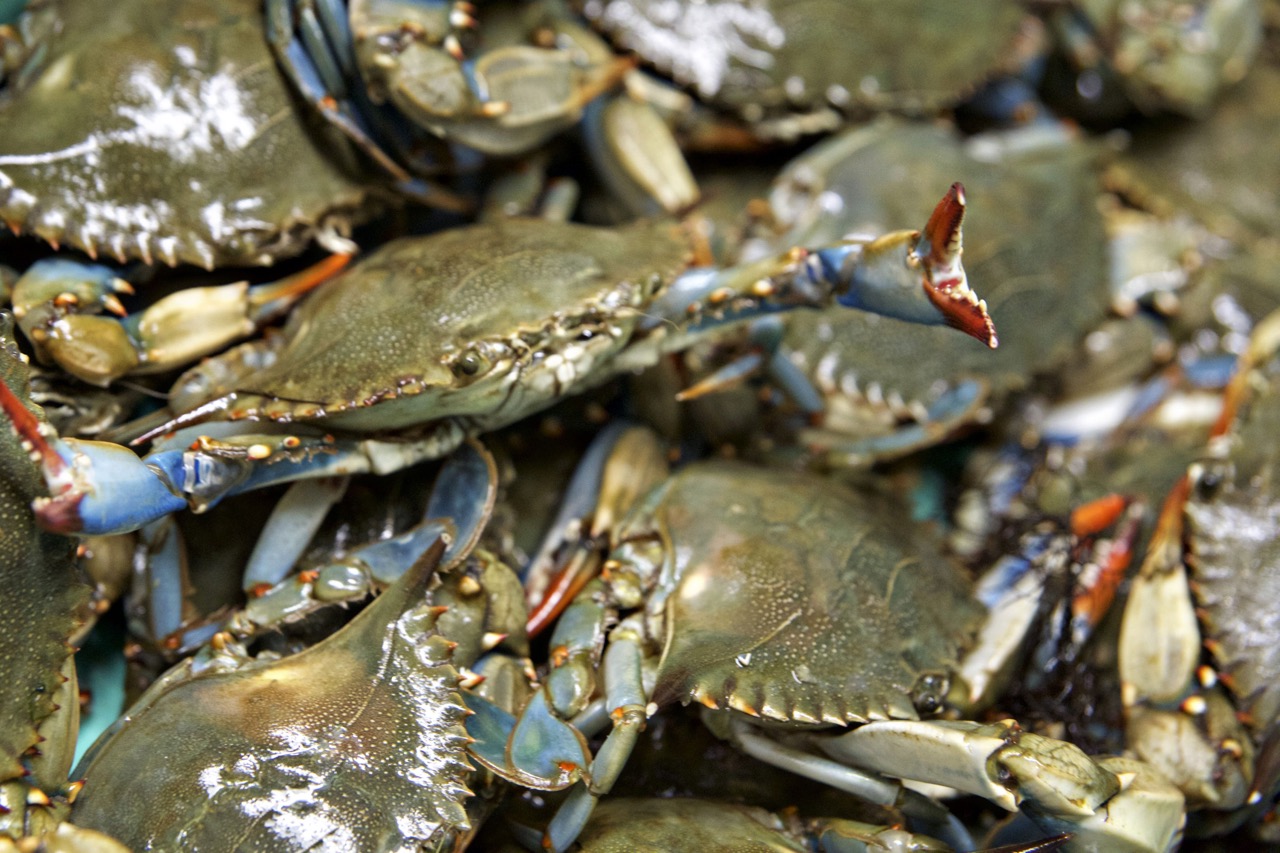
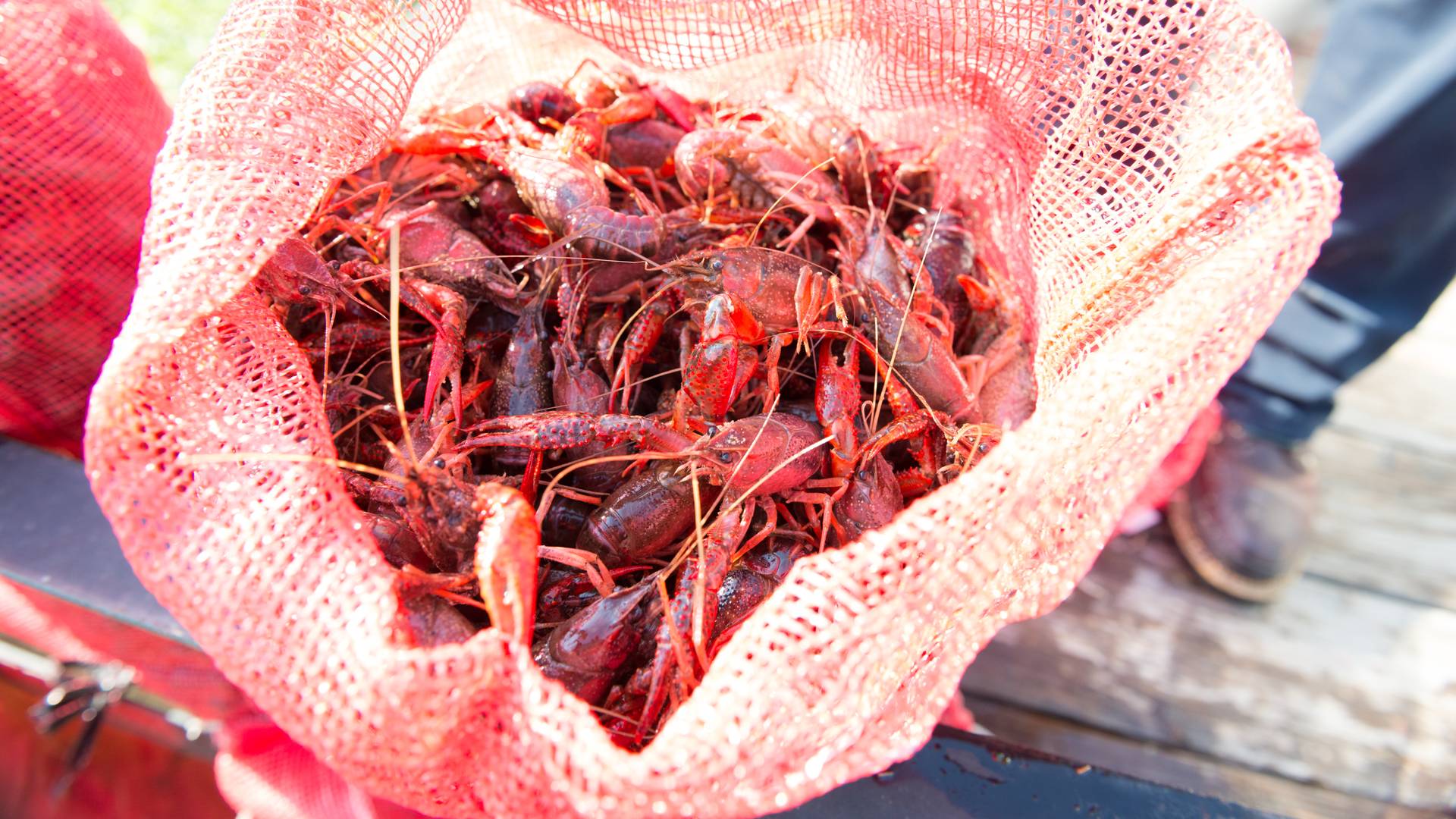
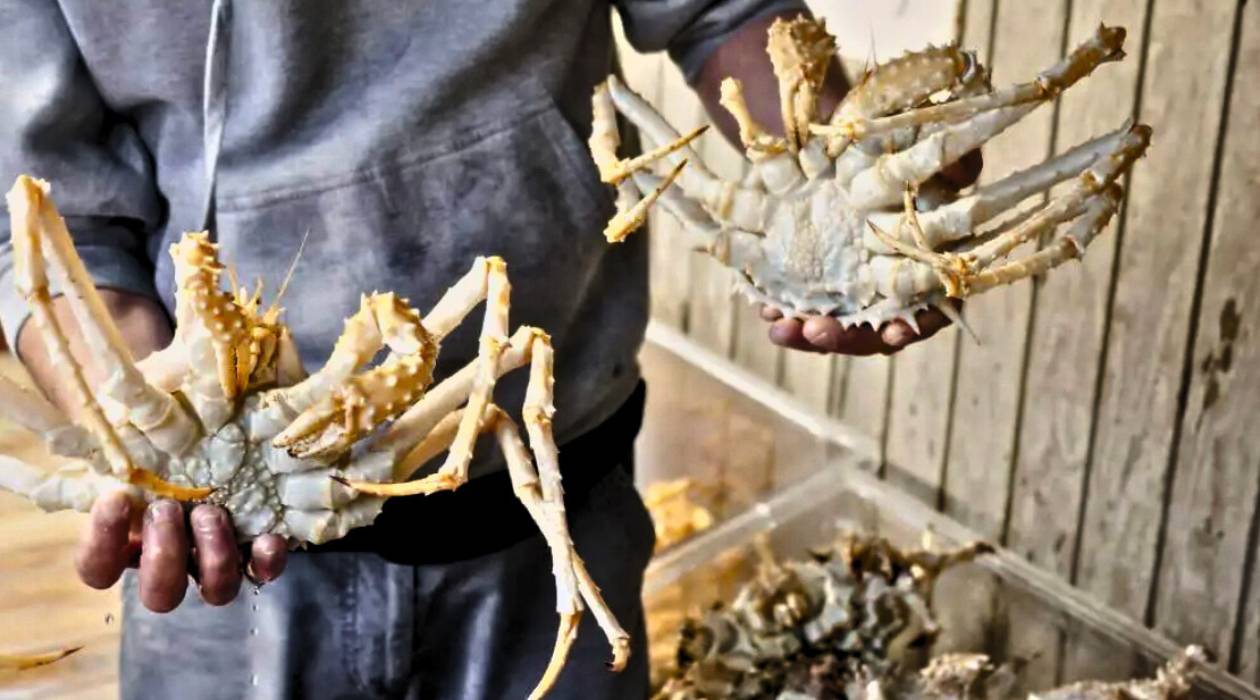
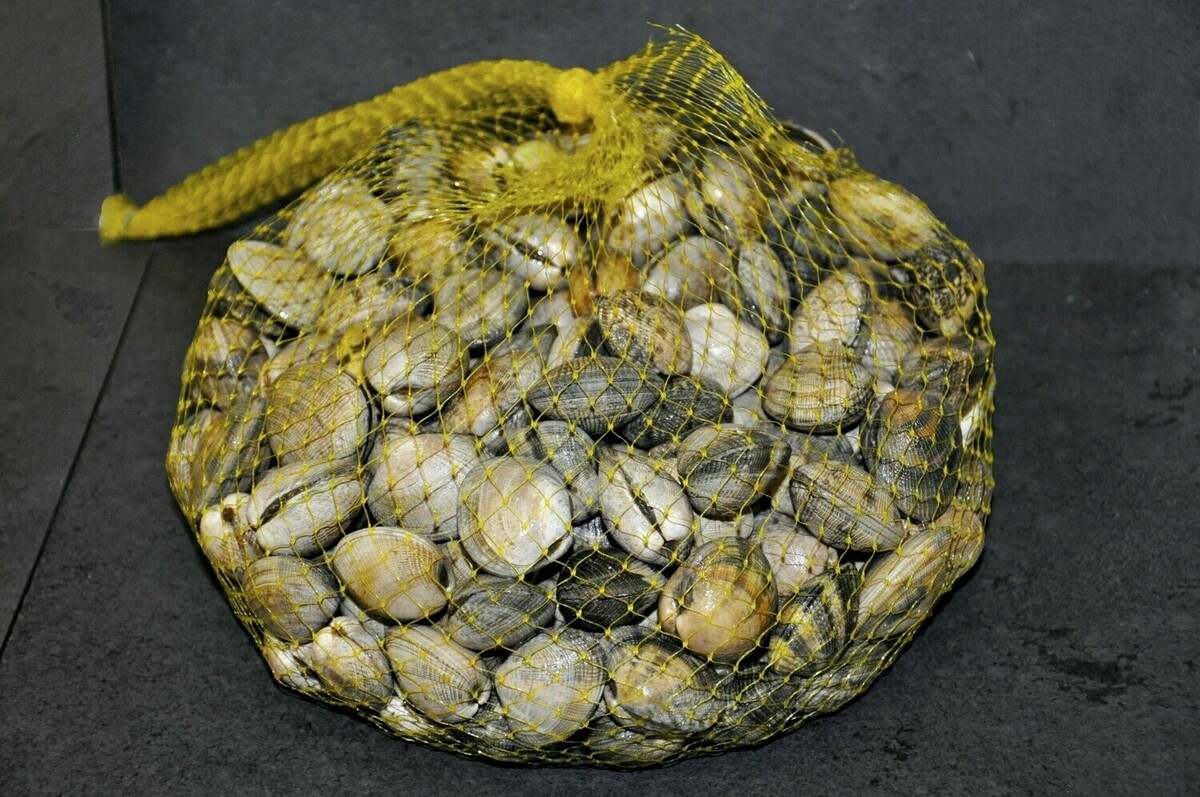
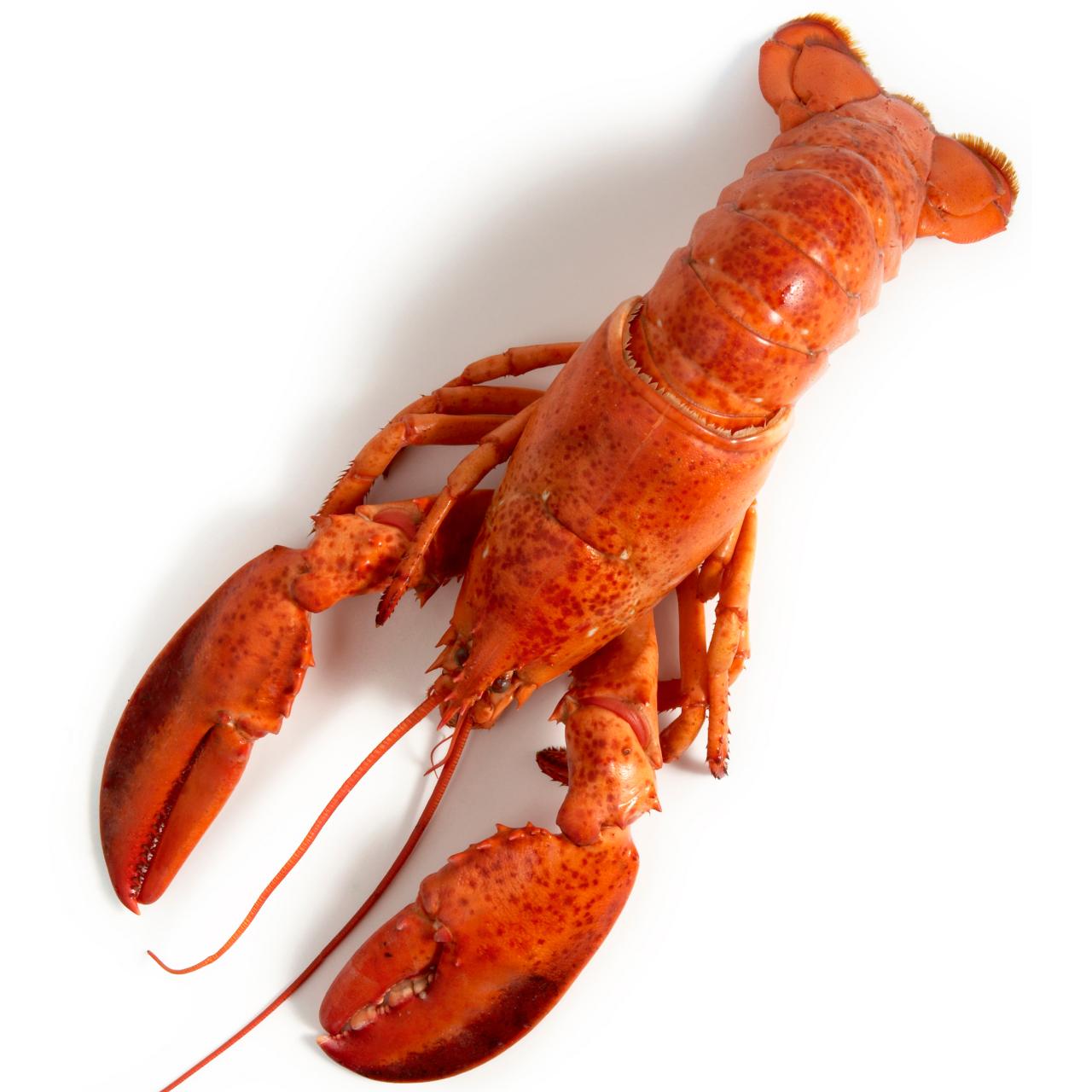
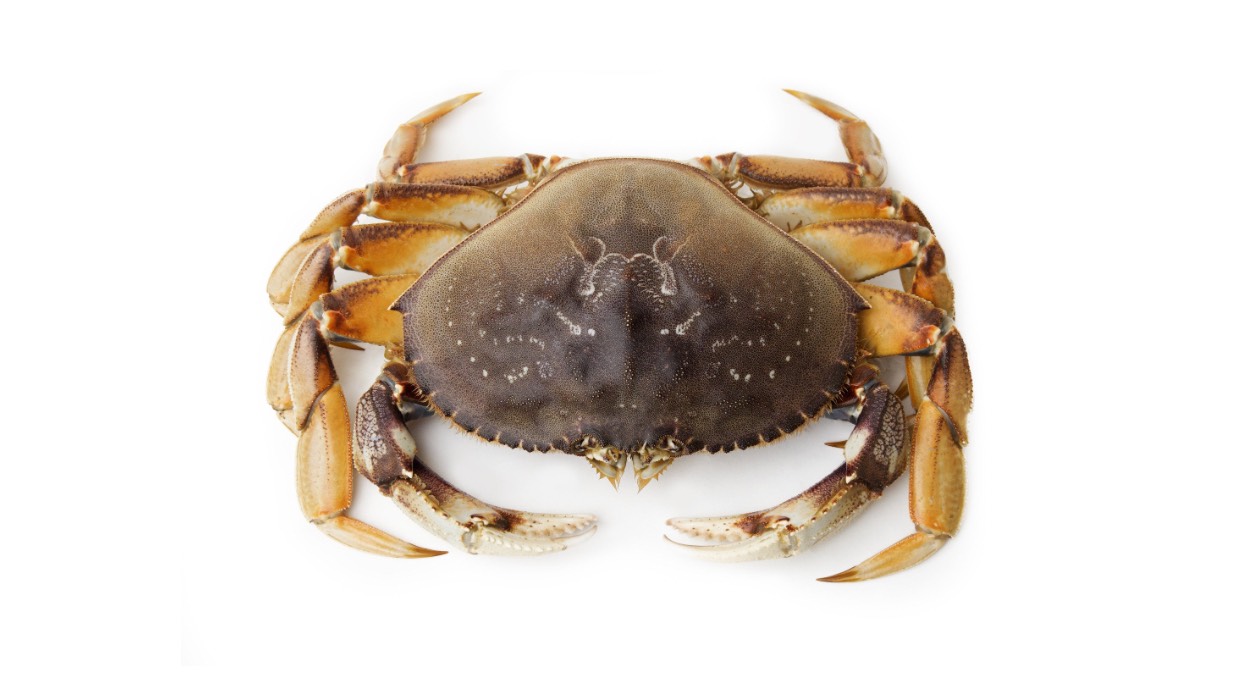
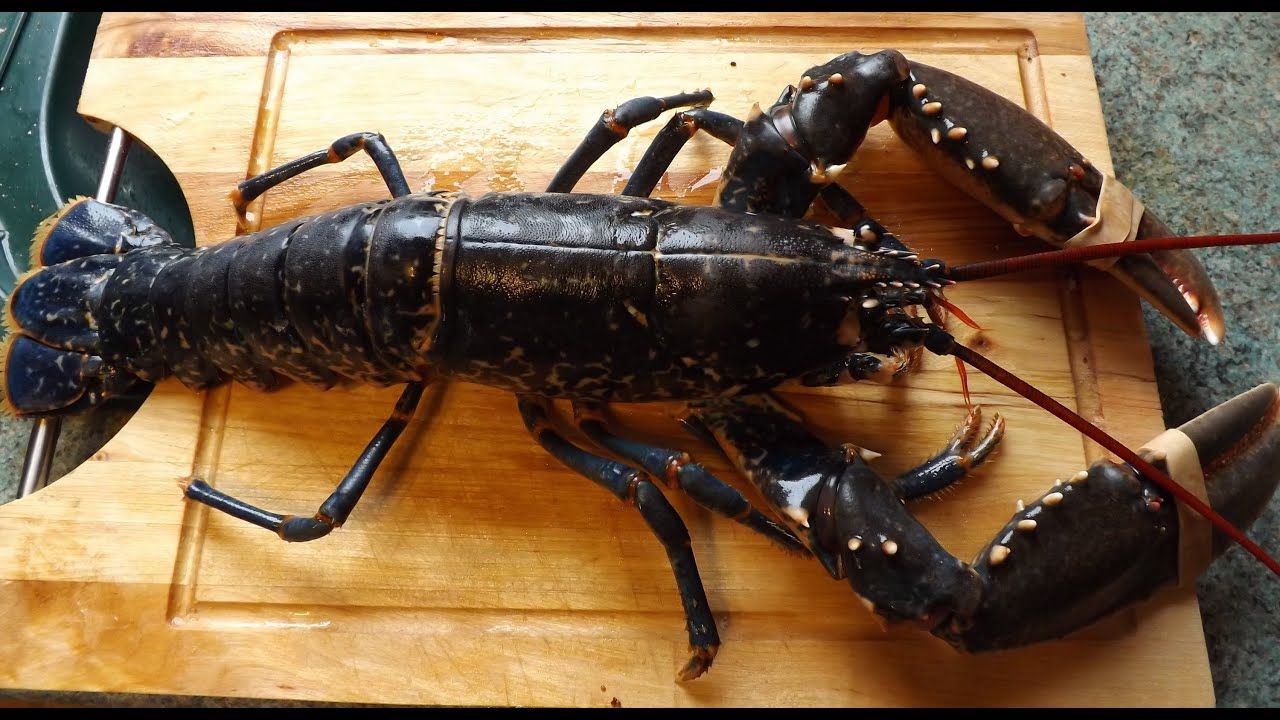
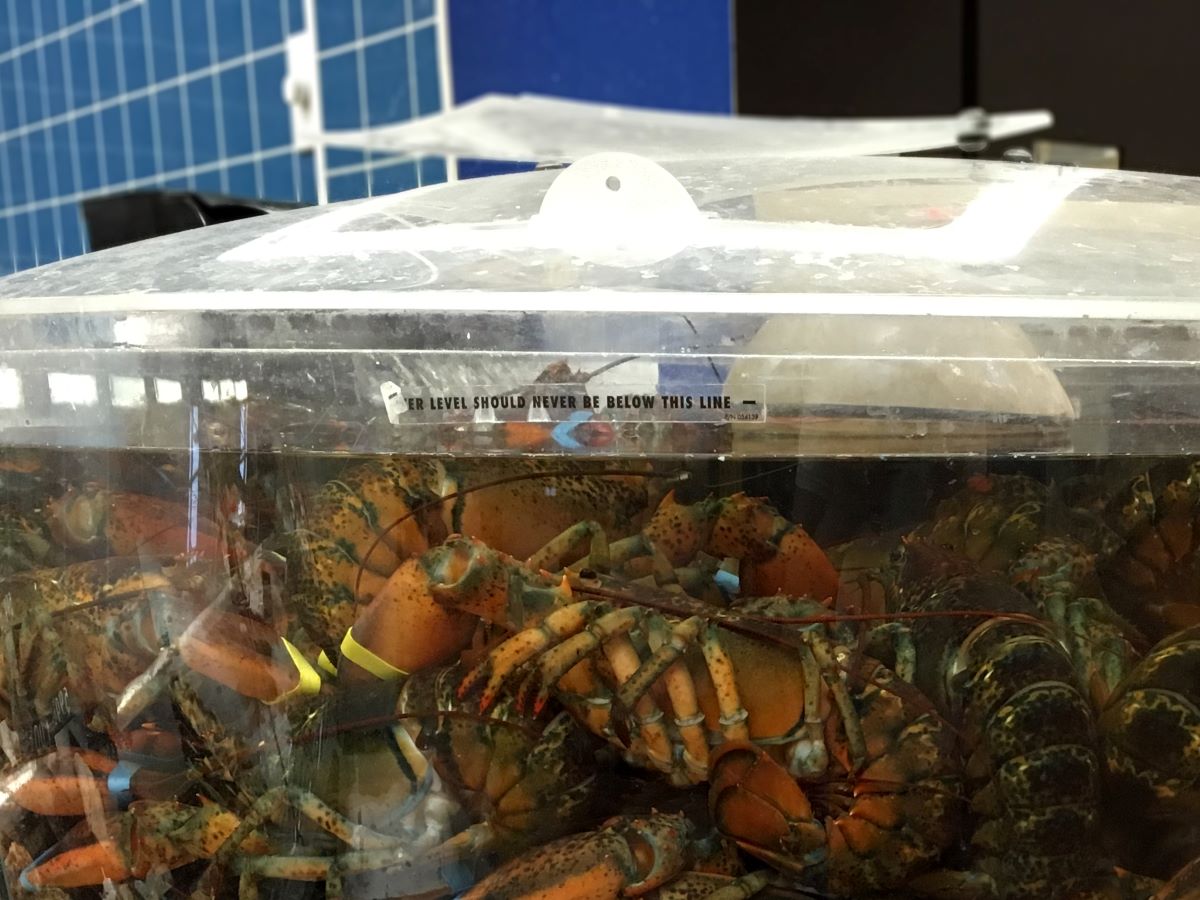
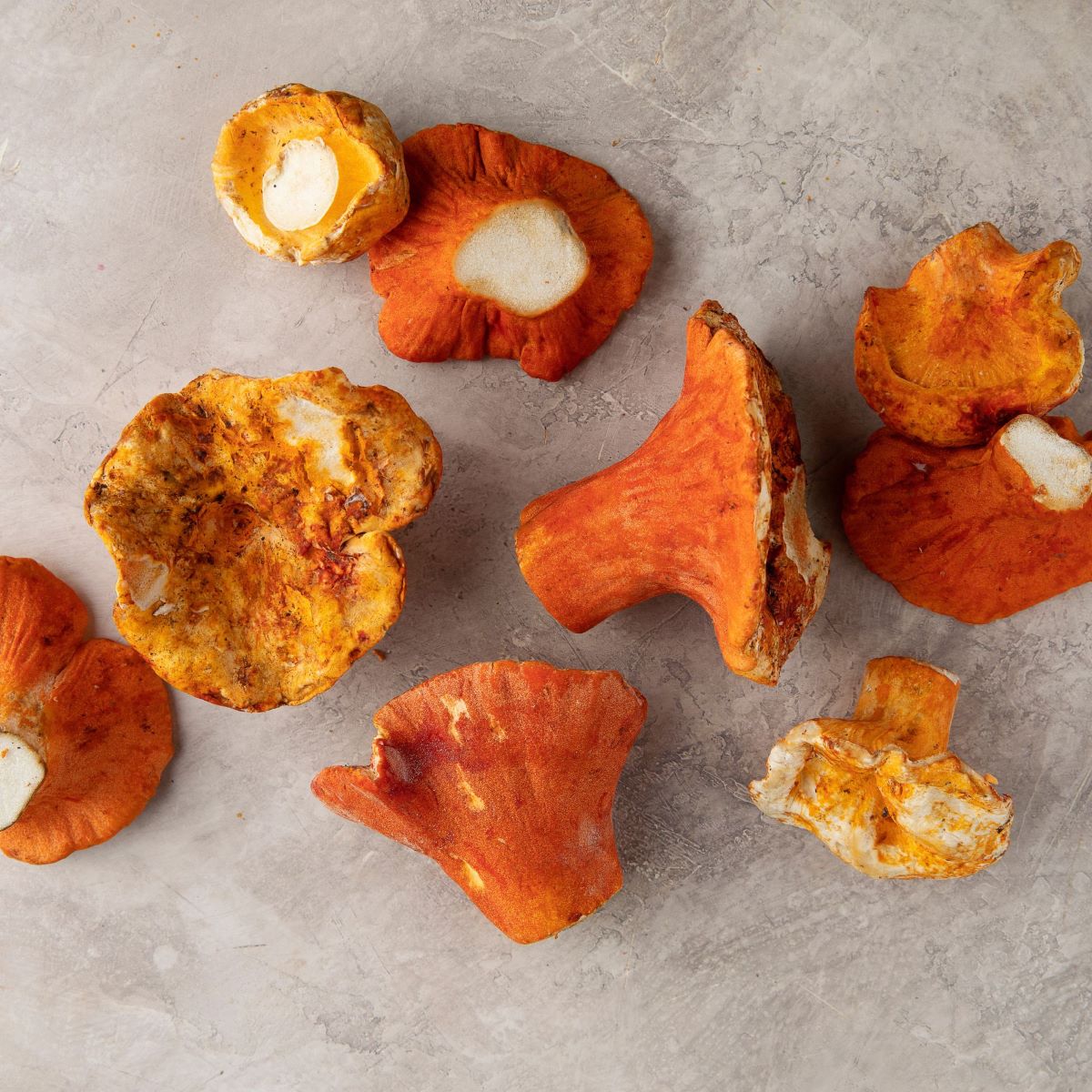


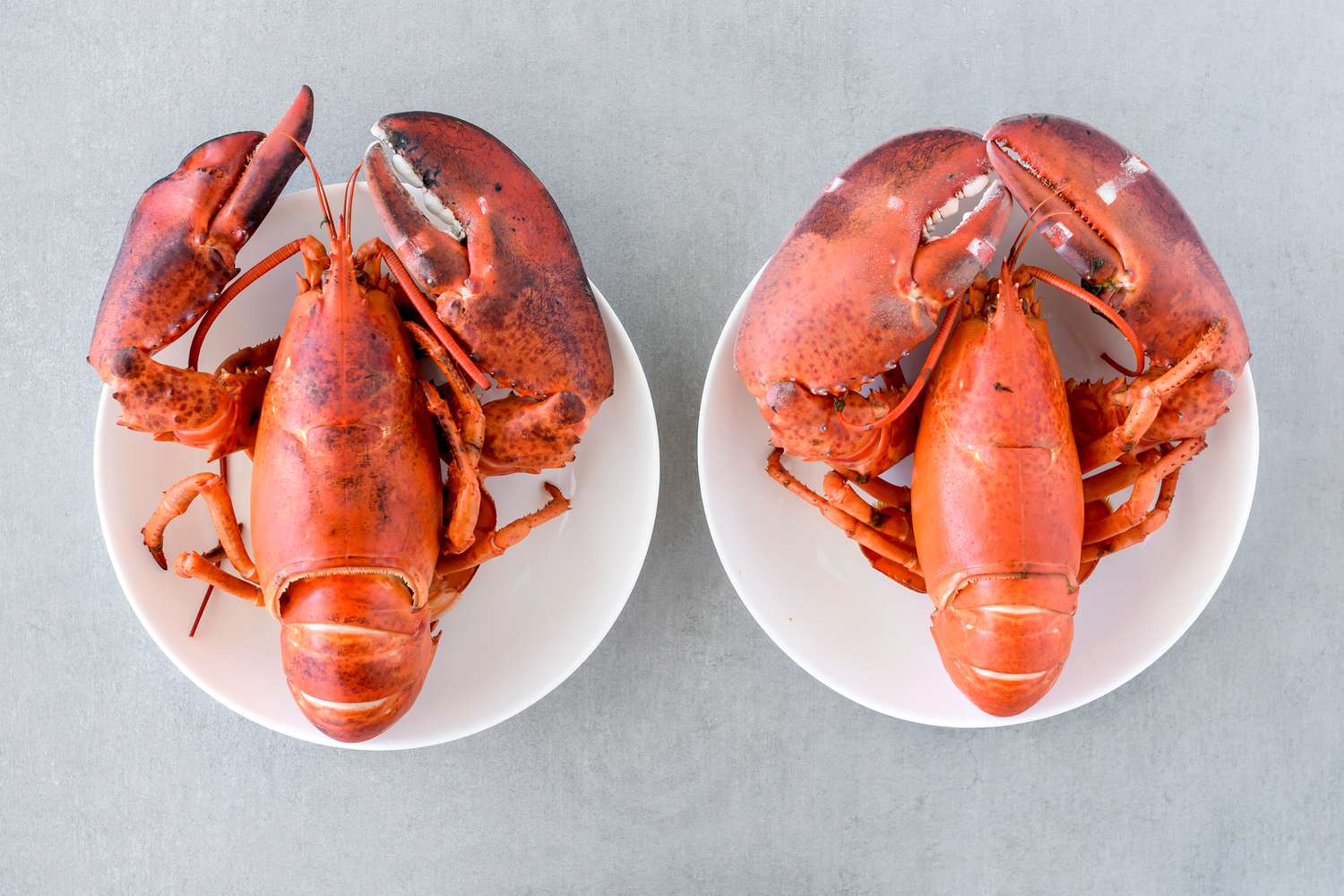
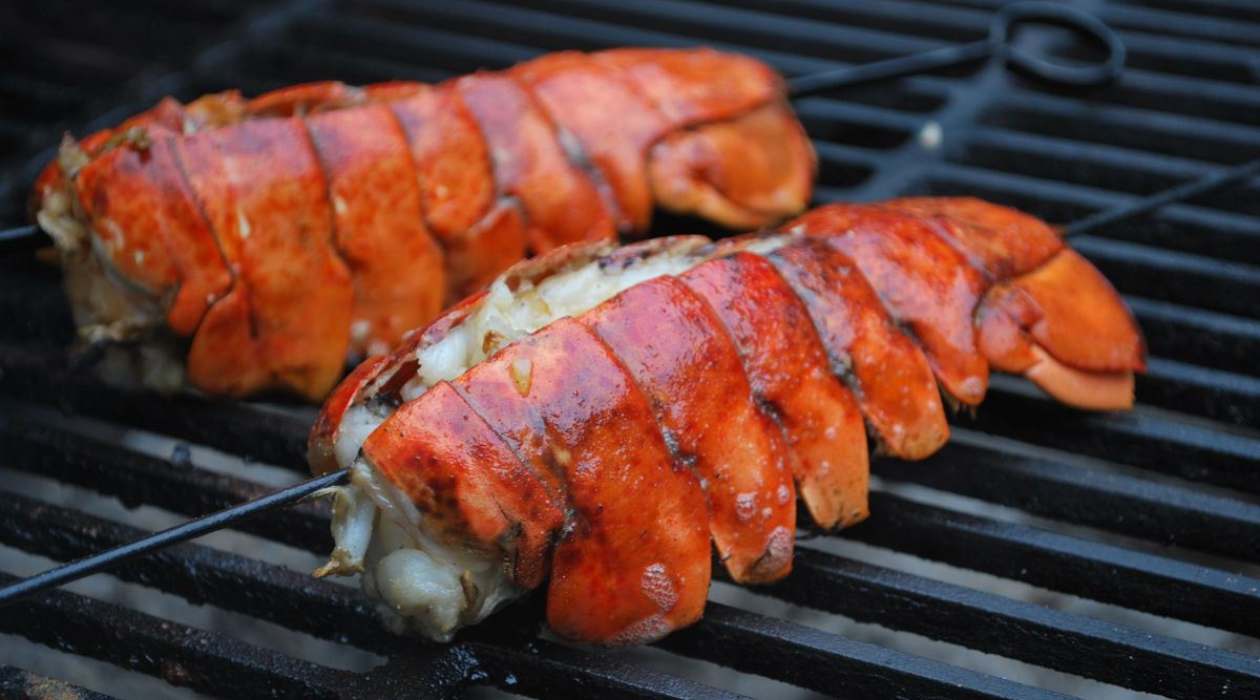

0 thoughts on “How To Store Live Lobsters Overnight”